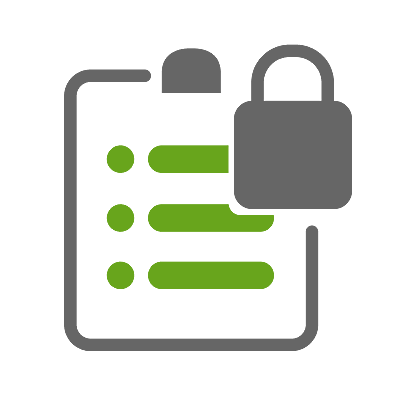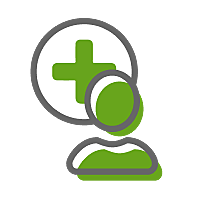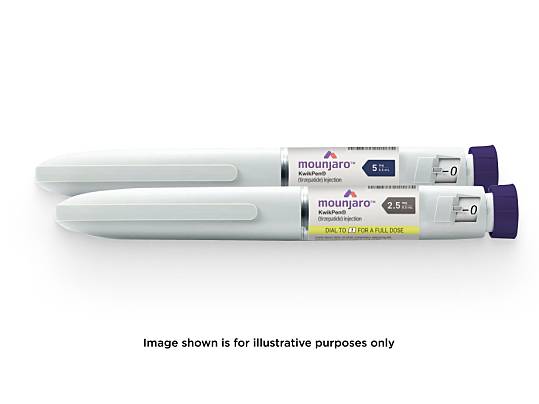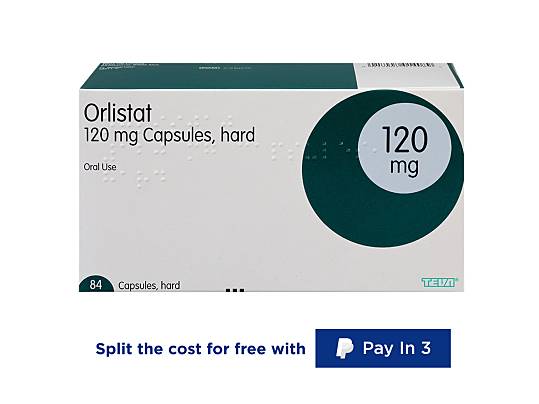What foods to avoid when taking Saxenda

Medically reviewed by
Dr Crystal WyllieLast reviewed: 24 Mar 2022
Saxenda is an injectable medication that is used to manage weight loss. Your doctor may prescribe Saxenda for you if you have a high body mass index (BMI). Having a high BMI means your body weight is not ideal for your height and your overall health will improve if you lower it. Saxenda can help you lower your BMI if your doctor agrees that it is suitable for you.
Saxenda is more effective at helping you lose weight if you eat a healthy diet and exercise regularly alongside using it.
This means there are certain foods you should avoid when taking Saxenda, to help you lose weight and keep it off. These foods are usually high in calories, even in small portions, and often do not have much nutritional benefit.
Eating healthily involves eating a good variety of foods, even the ones you enjoy. You just need to be a bit more mindful about what you eat when it comes to snacking and portion sizes. Remember that a nutritious meal can still be delicious and easy to make.
And when you are eating fewer calories, you want the food you do eat to have a high nutritional value. This means food that is full of vitamins, fibre and other nutrients that your body needs to keep you healthy. For example, fruits and vegetables.
On top of this, Saxenda works by reducing your appetite and making you feel full sooner rather than later. It helps you curb cravings and put your focus back on your health rather than only the food you eat.
What is Saxenda?
Saxenda is taken as a daily injection as part of a weight management regimen. You may be prescribed Saxenda if you are obese or if you are overweight and have a medical condition like diabetes or high blood pressure.
Saxenda contains the active ingredient liraglutide, a GLP-1 analogue also known as a GLP-1 receptor agonist.
GLP-1, or glucagon-like peptide-1, is a hormone naturally found in your body. GLP-1 regulates processes like blood sugar levels, appetite and insulin production. Liraglutide in Saxenda mimics the action of GLP-1 to reduce how hungry you feel.
Your doctor will give you a dosing schedule for the first few weeks of using Saxenda. The maintenance dose of Saxenda is usually 3mg a day, but always follow your doctor's advice. The Saxenda pen can be injected into your upper arm, thighs or waist. You should use a different injection site regularly to reduce side effects.
Liraglutide is also used as part of type 2 diabetes treatment under the brand name Victoza. You should not use Saxenda if you are already taking Victoza for diabetes treatment.

No results found.
Please check your spelling or try another treatment name.
What does Saxenda do?
Saxenda helps you to manage weight loss by increasing how full you feel after you eat. For Saxenda to work at its best, you’ll need to eat a lower calorie diet and do regular exercise to help you lose weight. If you eat foods with high calories when using Saxenda you can still gain weight. So you’ll want to reduce your portion sizes of these types of foods, especially those that are high in fat.
Saxenda also helps slow gastric emptying. Gastric emptying is how quickly your stomach empties its contents into your small intestine. By slowing gastric emptying, you’ll feel less hungry, which means you will not feel like eating a lot of food.
When you first start to use Saxenda, you may feel sick or throw up. Your body will take some time getting used to the medication, so try to be patient for a few days.
Some health conditions, such as thyroid disorders, can make it harder to lose weight as you may have a slower metabolism. Some prescription medicines or over the counter products can also cause weight gain as a side effect. If you have any other health conditions that affect your weight, you can speak to a dietitian to create an eating plan that’s right for you.
What to eat when taking Saxenda
When thinking about what to eat when taking Saxenda, you might immediately think of calories. Calories are the amount of energy a certain food has. If something has a high caloric content, this means you’ll consume a lot of energy when you eat it. If you’re not burning that energy off by exercising, it’ll be stored in your body in various ways, like extra fat.
In general, men need a calorie intake of around 2,500 kcal a day. Women need slightly less, around 2,000 kcal a day. This is for the average person, so different people will require a different amount of calories to maintain a healthy body weight.
But calories are not the full picture! Healthy foods should be nutritious and not just low in calories. A packet of crisps might contain low calories but it lacks nutrients like vitamins or protein. Nutrients are what your body needs to keep it functioning and to repair day to day damage, as well as for energy.
Some foods you can eat when using Saxenda are:
- plenty of fresh or frozen fruits and vegetables
- potatoes or butternut squash
For protein, there are many options depending on whether you eat meat, are vegetarian or vegan:
- eggs
- beans or lentils
- chicken, fish or other lean meats
- dairy products like yoghurt, or dairy alternatives
- tofu
You can get creative with the foods and meals you plan when using Saxenda to aid your weight loss. Even if you come across a recipe that uses a high calorie ingredient, you can always substitute it with a more nutritious but low calorie food item.
What foods to avoid when taking Saxenda
In general, you should cut down on or avoid these foods when taking Saxenda:
- foods high in sugar, like cakes, chocolates or biscuits
- fried food
- excessive alcohol
- foods high in certain fats
- fizzy drinks, high sugar energy drinks or sweetened caffeinated drinks
- large portions of takeout or restaurant food
You might want to consider slowly cutting down and thinking about what steps you can take to make the process easier. For example, if you want to cut out fizzy drinks, avoid buying any in your weekly shop. That way you’ll stop giving yourself the option of having a sugary drink at home, and you can save having them for special occasions instead.
It's not always about the types of foods you eat, either. You should be mindful of your portion sizes and try to limit your intake in each meal. You can continue to have 3 meals a day, but make each one slightly smaller.
Some people benefit from eating little and often by choosing to eat 5 smaller meals spread throughout the day. You can also use smaller bowls or plates when eating to trick your mind into thinking your plate is full.
Remember that eating healthily does not mean you have to completely cut out on the things you enjoy eating. Healthy eating combines eating a balanced diet while enjoying the foods you love. If you find that you do not like a certain type of ‘healthy’ food, you do not have to force yourself to eat it. Part of developing a healthy relationship with food is to eat what you like while maintaining a nutritious diet.
Be aware that one of the common side effects of Saxenda is hypoglycemia, also called low blood sugar. Your doctor or pharmacist should explain to you how to treat low blood sugar. When creating healthy meal plans, avoid cutting out carbohydrates completely. You still need carbohydrates to maintain a core amount of energy in your body. If you're increasing the amount of physical activity you do, this can also lower your blood sugar. So you may need to eat slightly more carbohydrates on days that you plan to exercise or be active.
Your doctor or dietitian will discuss a diet plan with you when you start using Saxenda.
Speak to them to find out more on how to plan your meals in a way that supports your weight loss journey.

Crystal qualified in Medicine at Barts and the London School of Medicine and Dentistry in 2010. She then trained as a GP in London hospitals and practices. She has a particular interest in reproductive, sexual, and women’s health.
Meet our doctorsArticle created: 24 Mar 2022
Last reviewed: 24 Mar 2022
-
Saxenda 6mg/mL solution for injection (PIL) [Oct 2021] [accessed Jan 2022]
-
The GLP-1 agonist, liraglutide, as a pharmacotherapy for obesity [Dec 2015] [accessed Jan 2022]
-
The Definitive Guide to Healthy Eating in Real Life (Healthline) [June 2021] [accessed Jan 2022]
-
Understanding Calories (NHS) [Aug 2019] [accessed Jan 2022]
-
Liraglutide (BNF) [accessed Jan 2022]




(Reviews are for ZAVA UK)


GMC: 7074021

GMC: 6149061

GMC: 7085115











